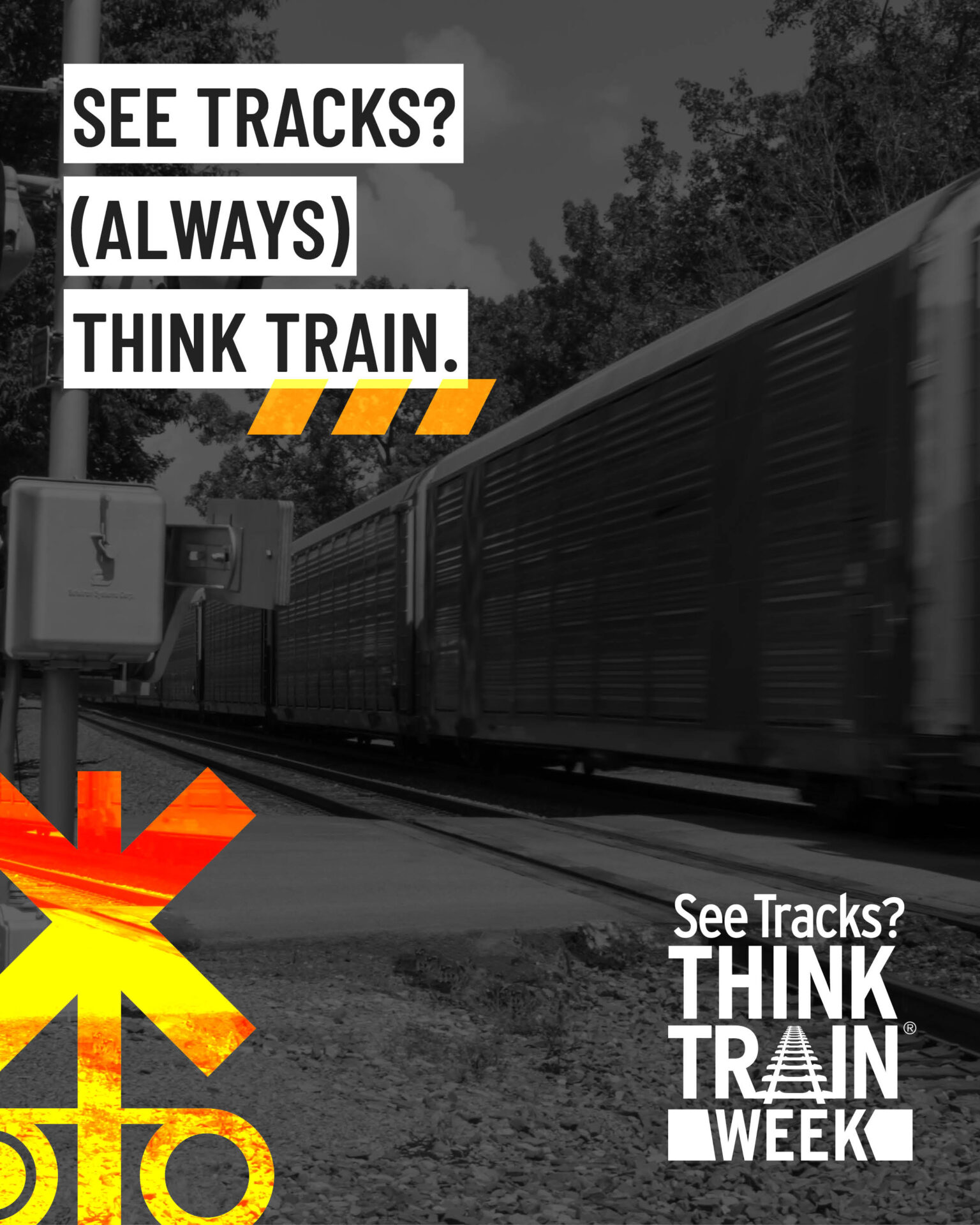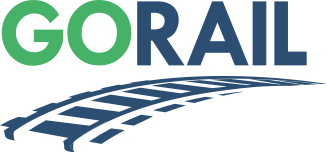
Washington, D.C. — Next week marks the start of See Tracks? Think Train!® Week 2025 (Sept. 15–21), a national campaign to raise awareness about safety near railroad tracks. Led by Operation Lifesaver, Inc. (OLI) in partnership with railroads, the U.S. Department of Transportation, and state and local law enforcement and safety organizations, the campaign emphasizes one clear message: when you see tracks, always think train.
Across North America, more than 2,300 people are injured or killed every year in crossing and trespassing incidents. These sobering statistics underscore the importance of safety education, which OLI has led for over 50 years. Their efforts, alongside public and private partners, have helped drive an 82% reduction in crossing collisions since the 1970s.
To better understand the goals of this campaign and the role we can all play in improving safety, we spoke with Rachel Maleh, Executive Director of Operation Lifesaver, Inc.
For those unfamiliar, what’s the core mission of Operation Lifesaver, and why is rail safety awareness more critical than ever today?
“Operation Lifesaver, Inc. (OLI) is a national #RailSafetyEducation nonprofit dedicated to stopping track tragedies through public awareness and education campaignsas well as a national volunteer network that gives free presentations encouraging safe behavior near tracks and trains. State Coordinators in 47 states as well as in the District of Columbia head up state efforts and are joined by over 2,000 Operation Lifesaver Authorized Volunteers (OLAVs) as well as a whole host of safety partners.
Raising awareness on rail safety education is important because in the United States, every three (3) hours a vehicle or person is hit by a train. That is a staggering statistic, and we want to make sure that everyone knows the importance of making safe choice around tracks and trains. Whenever you see tracks, think train.”
From your perspective, what’s the most common misconception people have about trains or rail crossings?
“There are several, including: Trains can’t stop quickly and they can’t swerve! Did you know it can take a train a mile or more to stop? That is the equivalent of 18 football fields! Trains also don’t have steering wheels so they can’t swerve.
Train tracks and rights-of-way are private property, not public land. While they may appear scenic, walking, running, taking photos or using them as shortcuts is dangerous and illegal.

Trains are quieter and closer than you may realize. Much like a large plane in the sky, trains may seem to be standing still or to be traveling in slow motion when in reality they are moving very quickly. Trains are usually closer than you may think. Never try to beat a train by driving or walking around the gates.”
If you could deliver one message directly to every driver, cyclist, and pedestrian in America, what would it be?
“See Tracks? Think Train®!”
Operation Lifesaver and GoRail both emphasize the power of grassroots voices. How can everyday supporters—our Rail Champions—play a role in spreading the “See Tracks? Think Train!” message in their communities?
“OLI’s strength is in its people and partners! Join us as a volunteer, request a free presentation and/or follow us on social to share the rail safety education message.”
Making the right decisions near railroad tracks can mean the difference between life and death. Always expect a train, never trespass, and remember: the safest crossing is the one that doesn’t exist. Federal investments in grade crossing elimination are making progress, but in the meantime, individual choices remain critical to saving lives.
For more information and resources on See Tracks? Think Train!® Week, visit Operation Lifesaver, Inc.


